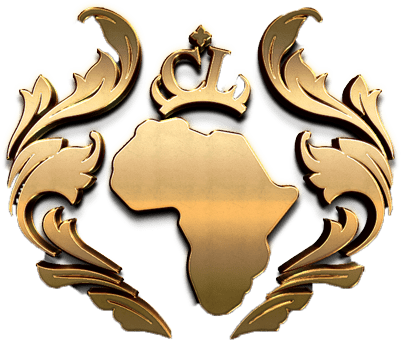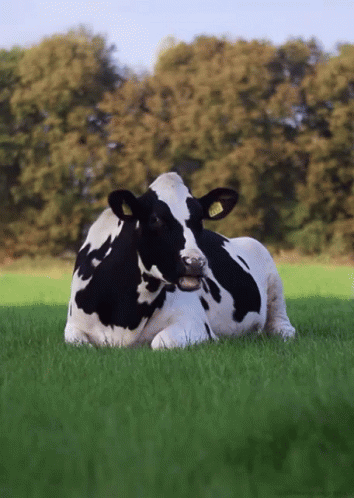Is this news to you too that animals are also natural resources?
In an article published by S.C. Department of Health and Environmental Control (DHEC), “Any natural substance that humans use can be considered a natural resource. Oil, coal, natural gas, metals, stone, and sand are natural resources. Other natural resources are air, sunlight, soil, and water. Animals, birds, fish, and plants are natural resources as well.”
Africa is blessed with natural occurring resources with over 30% of the world’s mineral resources, including cobalt, uranium, diamonds, and gold, as well as significant oil and gas reserves. Aside from these aforementioned common naturally occurring resources, one raw material gaining traction in the African market and the western world is Leather.
Leather has been in existence for a long time now, even as far back as 2200 BC. Our ancestors used leather to protect themselves from the elements. Primitive man hunted wild animals for food, then made clothing, footwear, and crude tents from the hides. Much hasn’t changed since then.

Fact: Leather and leather products are among the most widely traded and universally used commodities in the world. Already, the total value of annual trade is estimated at 1.5 times the value of the meat trade; more than five times that of coffee and more than eight times that of rice. (According to Africa Business Pages)

Farmers rear animals for meat, and their hide as a by-product. Leather from cows is the most widely used leather and accounts for about 65 to 70% of world production. With a booming leather industry worth over $50 billion a year, Africa is rising to be one of the emerging future markets for leather (cowhide most especially).
Luxury brands in the fashion industry have been known to source cowhide from Kenya, Ethiopia and regions in Northern Nigeria as cowhide from these regions are known for quality and durability. Hence the hike in price on finished products. If you own a Corporate Luxury bag, you own a cow. ??



